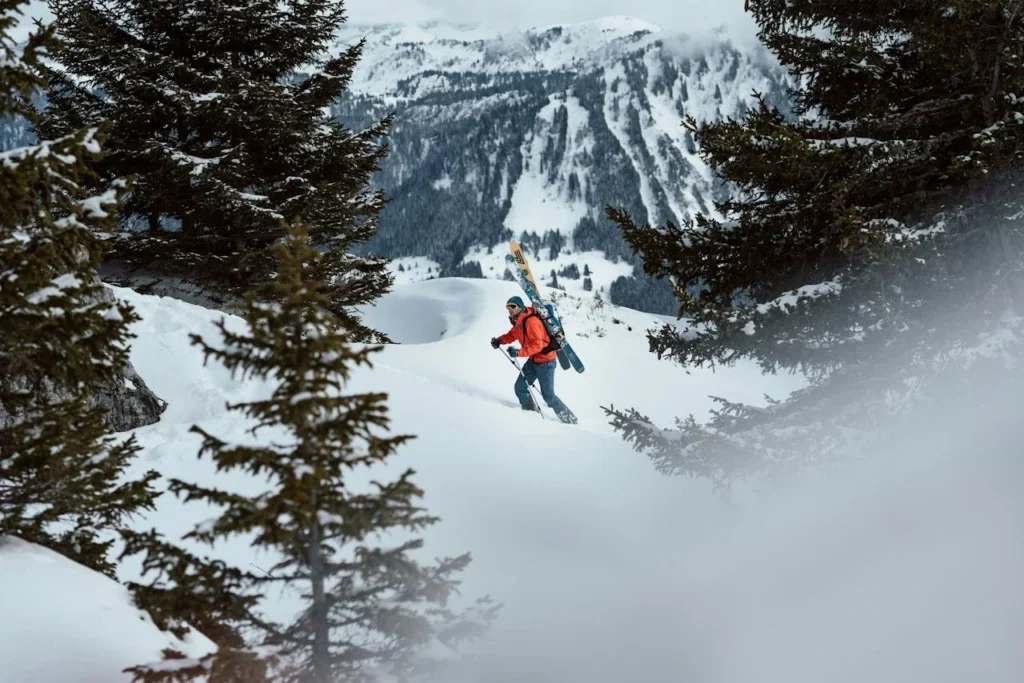Snowshoeing is rapidly gaining traction as one of the most accessible, affordable, and rewarding winter activities for beginners. In the 2024–2025 winter season, over 4.6 million Americans strapped on snowshoes, marking the highest participation since 2010. With a +5.7% growth rate, snowshoeing is outpacing most other snowsports, attracting adventurers who crave snowy solitude without the cost or crowds of ski resorts.
This beginner’s guide will walk you through everything you need to know to confidently start snowshoeing, from essential gear and clothing to 2025’s latest trends, beginner-friendly tips, and trail recommendations.
What is Snowshoeing?
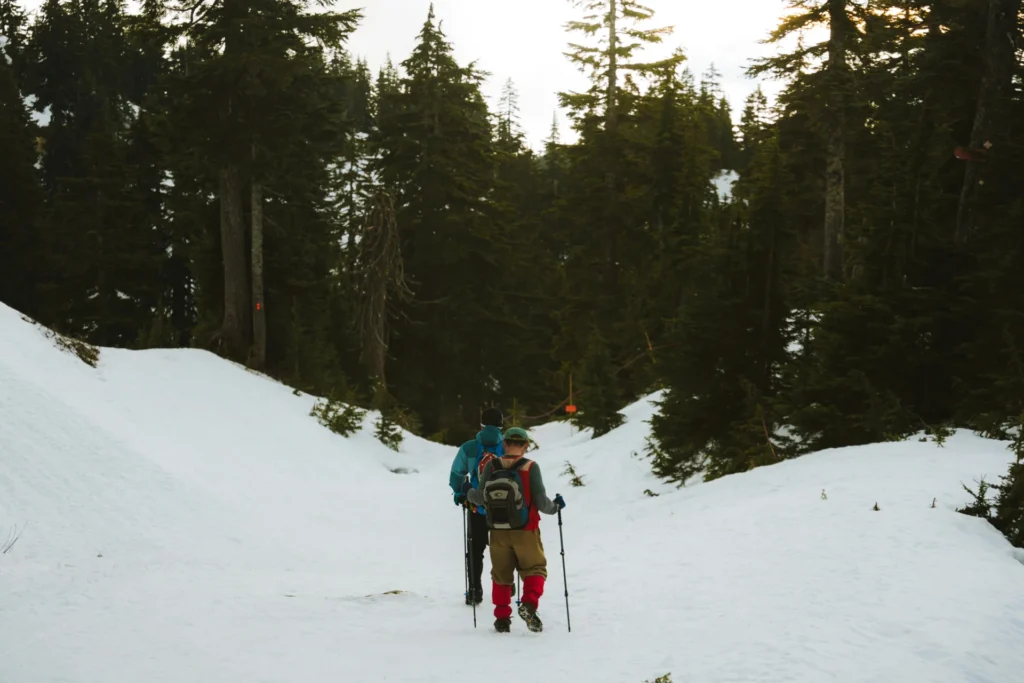
Snowshoeing is a winter sport where participants wear special footwear, snowshoes. Designed to spread their weight and prevent them from sinking into the snow. It transforms hiking into a winter activity and requires no prior experience, no chairlifts, and no expensive lessons.
What to Wear For Snowshoeing?
Proper clothing can make or break your experience. Snowshoeing is a cardio workout, so dressing in breathable layers is key.
✅ Layering Strategy for Snowshoeing:
Layer | Function | Best Materials |
Base Layer | Moisture-wicking | Merino wool, synthetic blends |
Mid Layer | Insulation | Fleece, down jackets |
Outer Layer | Windproof and waterproof shell | Gore-Tex, nylon shells |
Accessories | Warmth & UV protection | Gloves, beanie, sunglasses |
How to Start Snowshoeing?
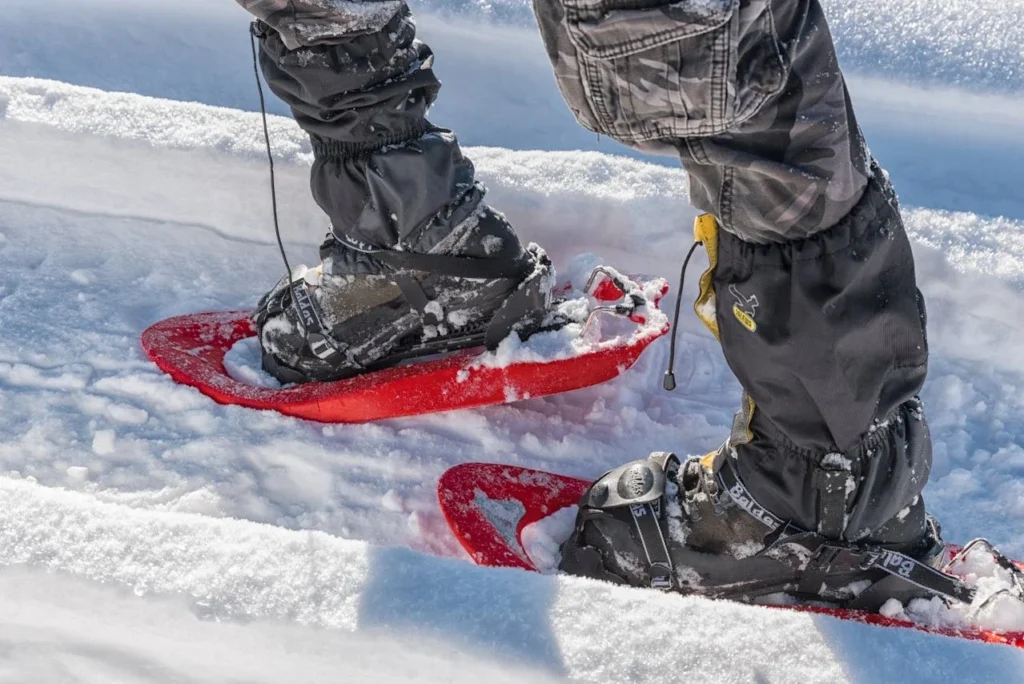
Snowshoeing is a fun and easy way to walk on snow without sinking. It’s great for winter exercise and exploring snowy places.
1. Get the Right Gear
- Snowshoes: Choose snowshoes based on your weight and the type of snow (flat trails or mountains).
- Boots: Wear waterproof, insulated boots.
- Poles: Help with balance, especially in deep snow or hilly areas.
- Clothing: Dress in layers, base layer, warm layer, waterproof jacket and pants.
- Other Gear: Gloves, hat, sunglasses, and sunscreen (yes, even in snow!).
2. Learn Basic Steps
- Walk normally but a little wider to avoid stepping on your snowshoes.
- Use poles to help balance.
- Practice on flat ground before going on hills or deep snow.
3. Choose a Beginner-Friendly Trail
- Start with flat or gently sloping trails.
- Look for marked snowshoe trails in parks or ski areas.
- Always check weather and trail conditions.
4. Follow Safety Tips
- Tell someone where you’re going.
- Bring a map, water, snacks, and a phone or GPS.
- Don’t go alone on remote trails.
- Know basic winter safety and signs of hypothermia or frostbite.
5. Enjoy the Experience
- Take your time, enjoy the quiet and beauty of the snow.
- Snowshoeing burns calories and boosts mood, great winter workout!
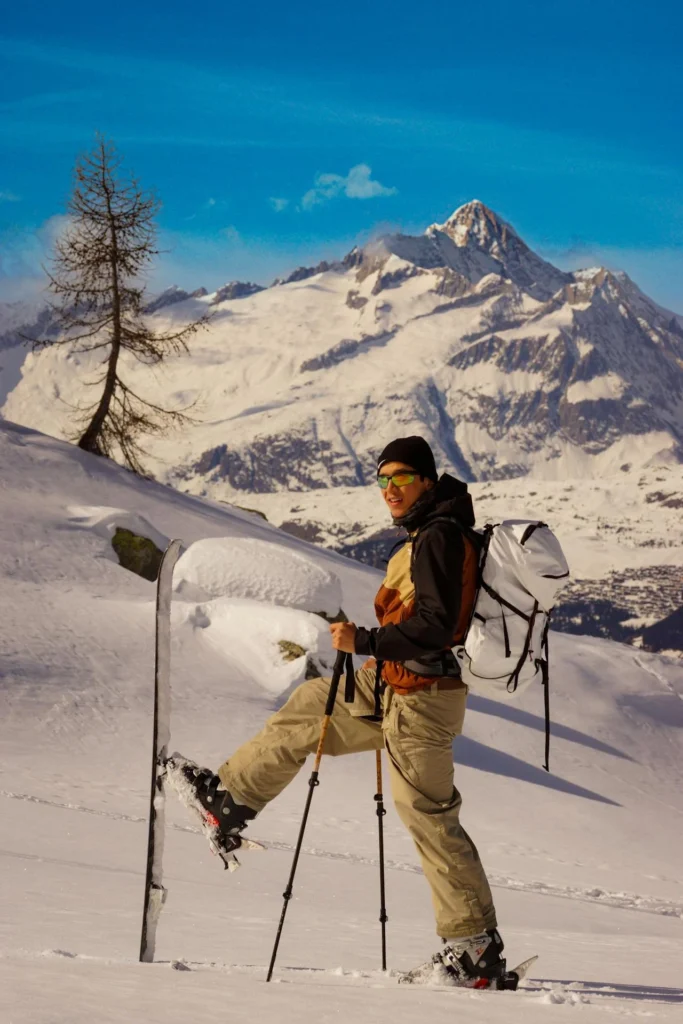
Best Boots for Snowshoeing (2025 Picks)
Comfortable, insulated, and waterproof boots are crucial. They don’t need to be snowshoe-specific but must work well with bindings.
🔝 Top Boot Models for Snowshoeing:
Brand | Model | Key Feature | Price Range (USD) |
Merrell | Thermo Chill Mid WP | Lightweight & budget-friendly | $110–$130 |
Columbia | Bugaboot Celsius Plus | Heavy insulation | $140–$160 |
Salomon | Toundra Pro CSWP | High performance | $180–$200 |
Oboz | Bridger 9″ Insulated | Excellent traction | $160–$190 |
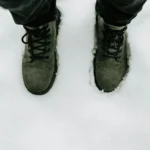
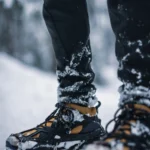
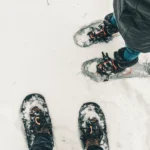
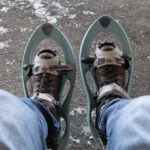
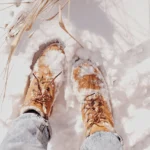
Snowshoeing Gear: Power-Packed Essentials
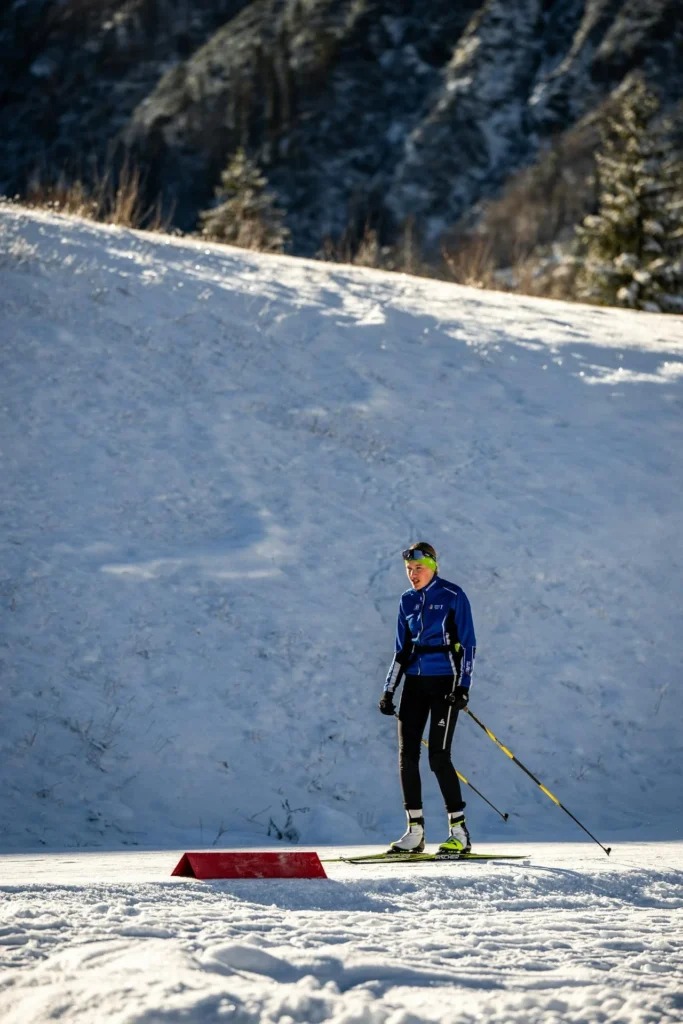
To get started, here’s a gear list every beginner should consider:
Item | Purpose |
Snowshoes | Floatation on snow |
Trekking Poles | Balance on hills and uneven terrain |
Waterproof Boots | Keep feet dry and warm |
Gaiters | Prevent snow from entering boots |
Backpack | Carry essentials |
First Aid Kit | Safety during emergencies |
Snacks & Hydration | Maintain energy and hydration levels |
Navigation Tools | GPS, compass, or map |
How to Use Snowshoes?
It’s easier than it looks! Here’s how to get started:
- Walk with a slightly wider stance than usual.
- Lift your knees to avoid tripping on the frames.
- Use poles for stability and balance.
- Going uphill? Use your toe crampons.
- Going downhill? Lean slightly back and take shorter steps.
🎓 Basic Skills to Practice:
- Breaking trail in fresh snow
- Traversing slopes
- Descending without slipping
- Turning while on narrow paths
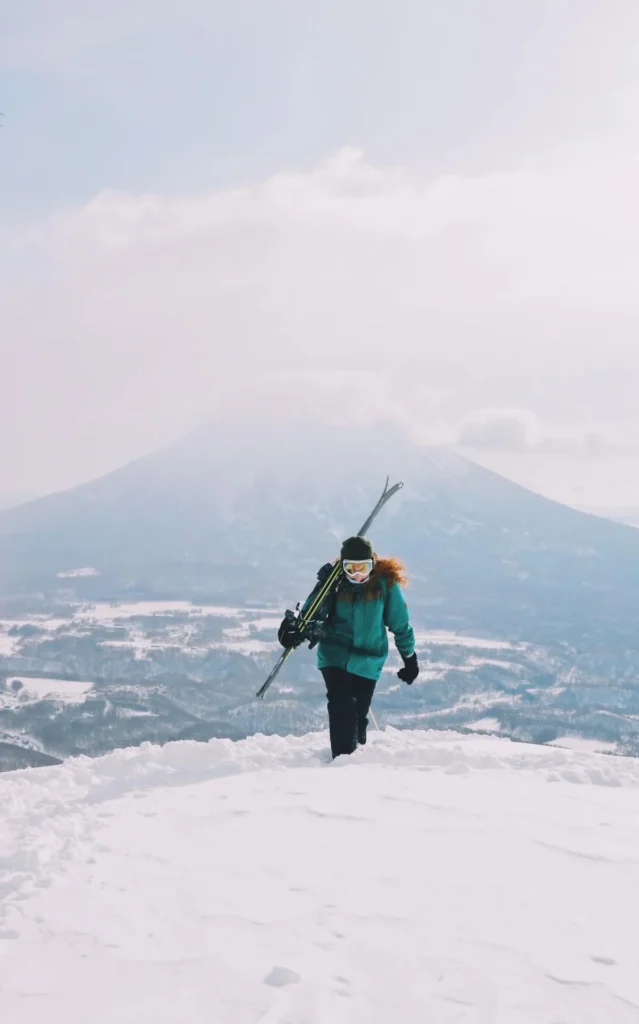
Tips for a Safe and Enjoyable Experience
- Always check the weather forecast
- Stay on marked snowshoe trails
- Don’t venture into avalanche-prone areas without training
- Rotate trail leaders if going in groups
- Share your itinerary with someone
Conclusion
Snowshoeing is no longer just an alternative to skiing, it’s a standalone sport that’s budget-friendly, eco-conscious, and growing fast. With an increasing number of young and diverse participants, and over 4.6 million Americans hitting the trails last year, there’s no better time to join the movement.
So grab your boots, strap on your snowshoes, and blaze your trail through the winter wonderland!
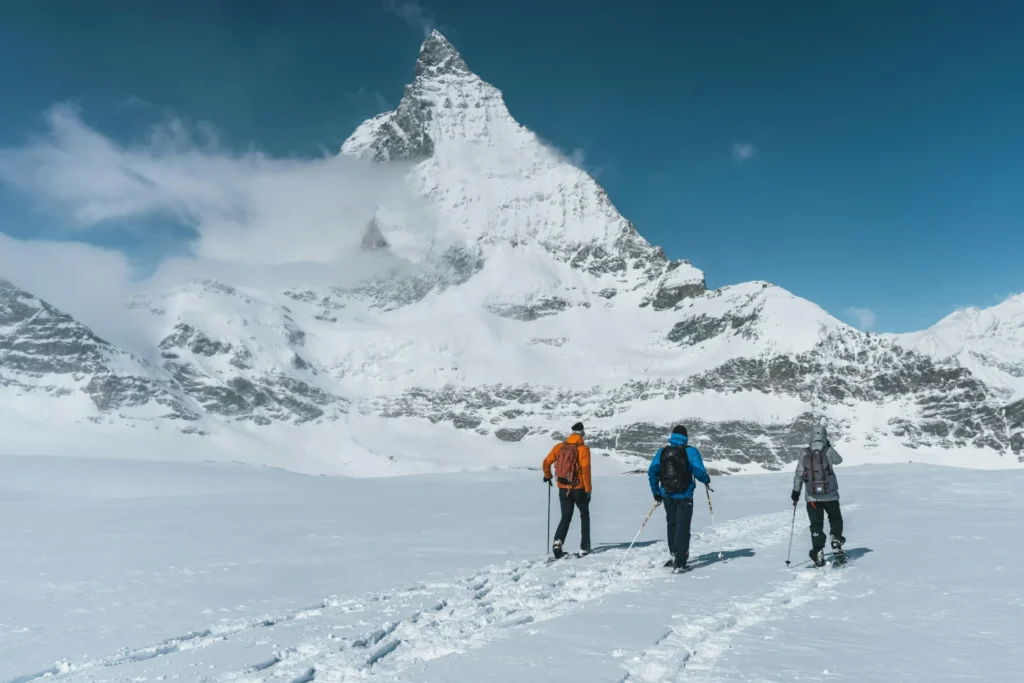
FAQs
Yes! It’s easy to learn, low-risk, and doesn’t require lessons.
Poles improve stability and help with hills, but aren’t mandatory.
Definitely. Many trails and parks rent out kid-size snowshoes.
Retailers like REI or local ski resorts typically offer rentals.
Anywhere between 400–1000 calories per hour, depending on terrain.
It’s gentler on joints and burns similar calories, great for beginners!






